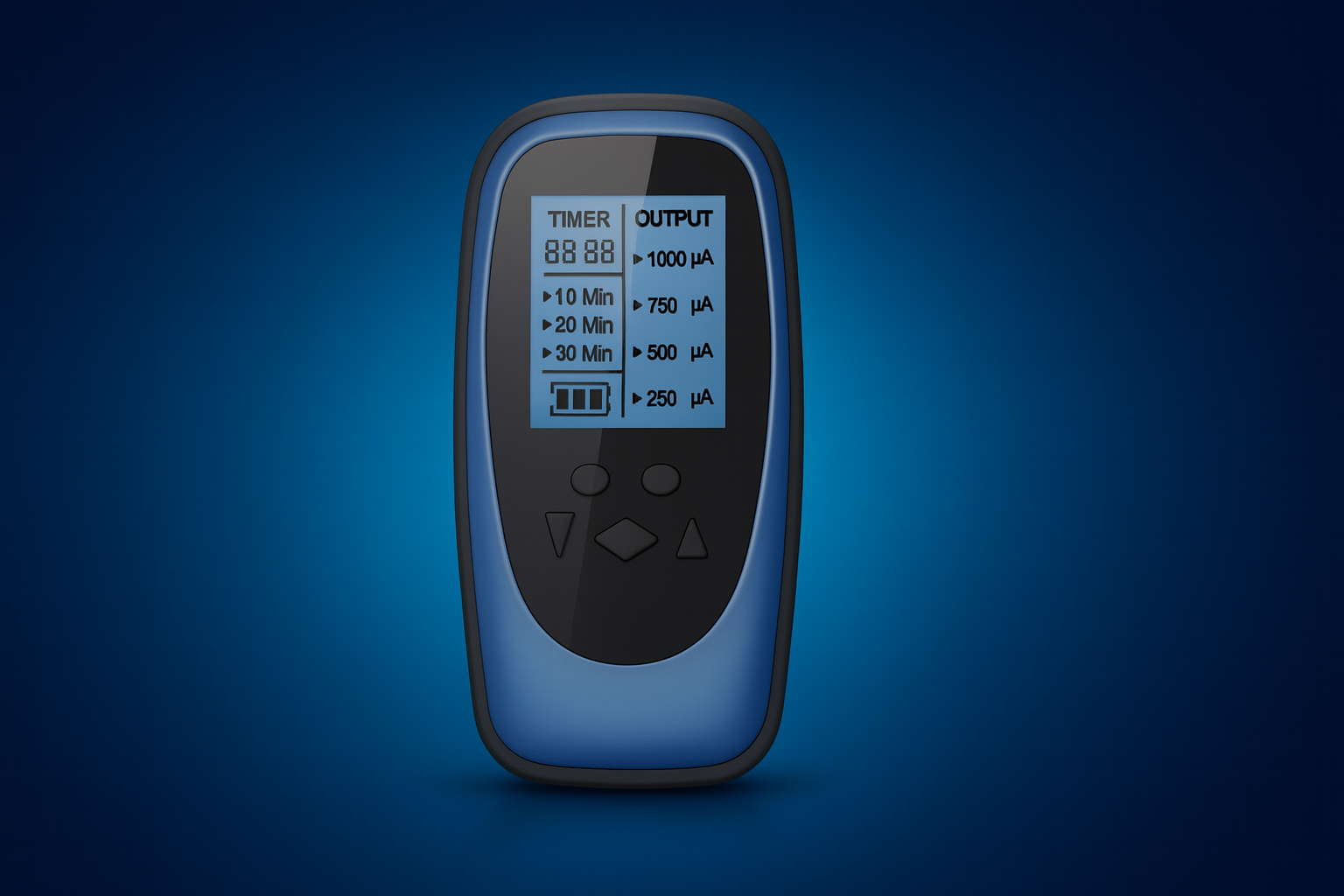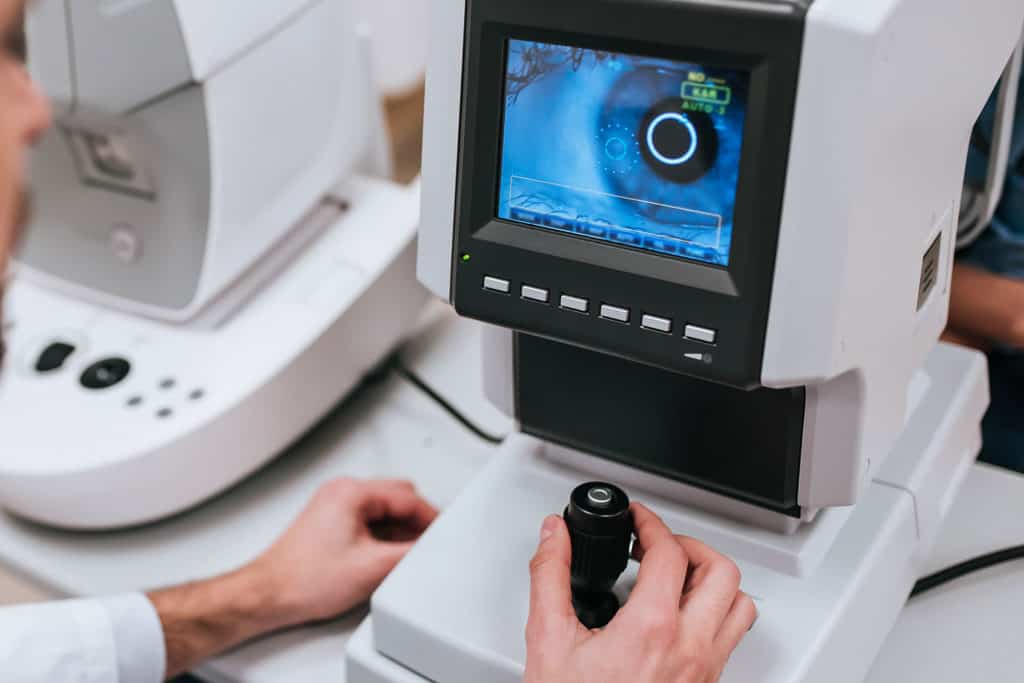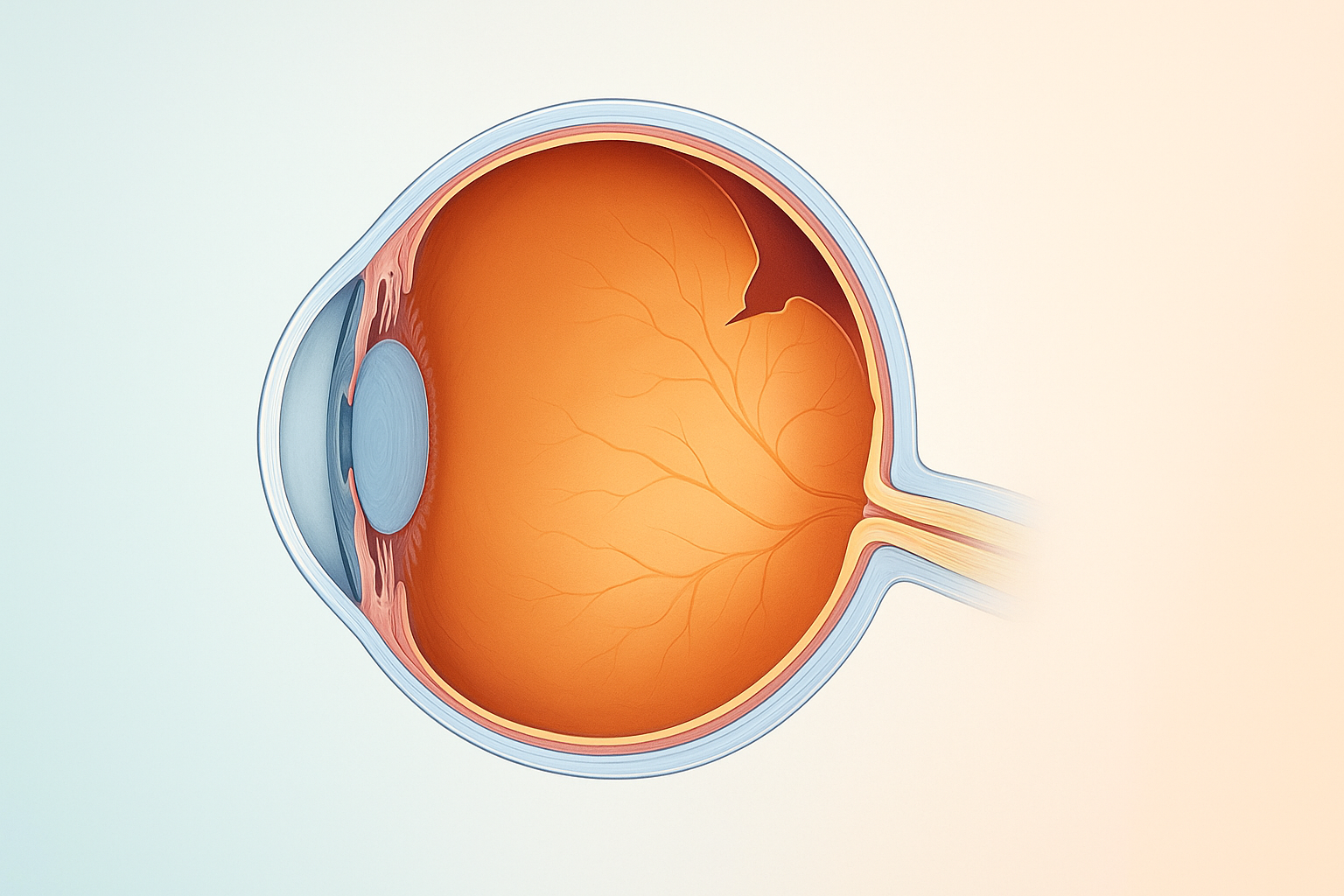Eye Condition
Retinal Detachment
Retinal detachment is a medical emergency in which the light-sensitive retina peels away from the eye's back wall, triggering sudden flashes, floaters, and rapid vision loss.

Explore our treatment options for Retinal Detachment
What is Retinal Detachment?
Retinal detachment happens when the light‑sensitive retina lifts away from the back wall of the eye, cutting off its blood and nutrient supply and putting central and peripheral vision at risk within hours.
Why Quick Action is Critical
- No blood flow equals cell death in 24 hours or less.
- Permanent vision loss occurs without prompt repair.
- Surgery is the only fix for full‑thickness detachments.
Urgent Warning Signs of a Retinal Detachment
- Sudden shower of floaters or black specks
- Bright flashes of light in peripheral vision
- A dark curtain or shadow creeping across your sight
- Rapid, painless loss of vision
Emergency Treatment Options for Retinal Detachment
- Pneumatic retinopexy uses a gas bubble to press the retina back into place.
- Scleral buckle surgery indents the wall of the eye to relieve traction.
- Vitrectomy removes vitreous gel pulling on the retina and replaces it with gas or silicone oil.
Early surgery greatly improves the odds of full visual recovery.
Reduce Your Risk of Retinal Detachment
- Schedule yearly dilated eye exams, especially if you are highly myopic or have had eye trauma.
- Treat retinal tears or holes right away with laser or cryotherapy.
- Wear protective eyewear during sports and hazardous work.
Key Takeaway
Retinal detachment is an eye emergency. Recognize the warning signs, stay calm and still, and seek immediate specialist care to save your vision.
As is the case with all acute-traumatic conditions the sooner you are able to start treatment the better!













